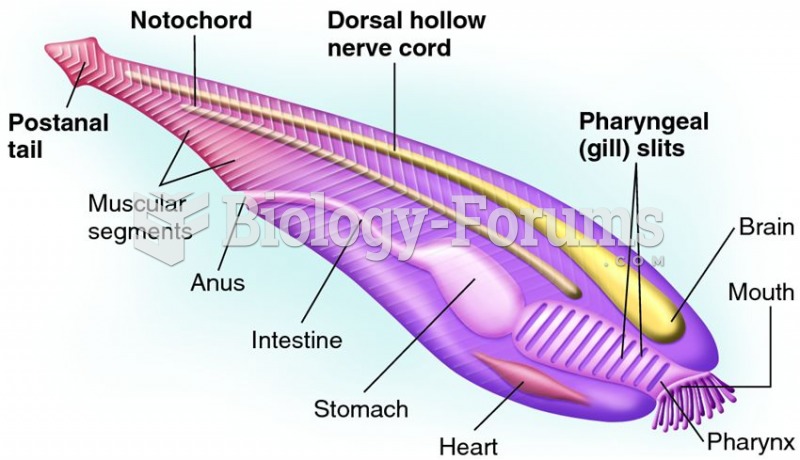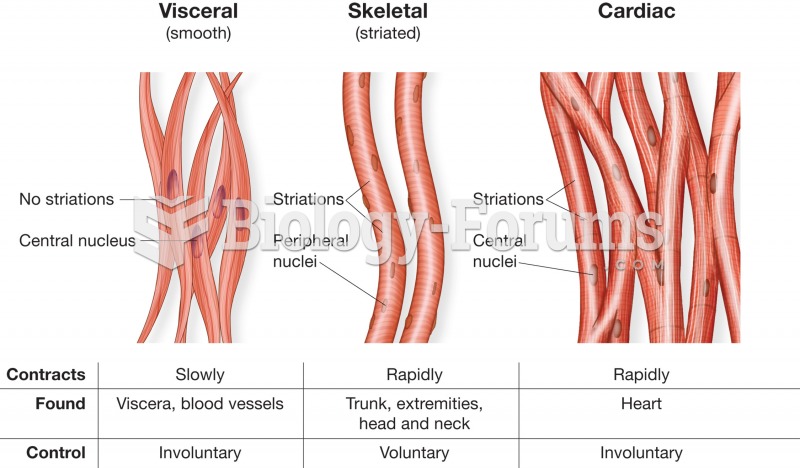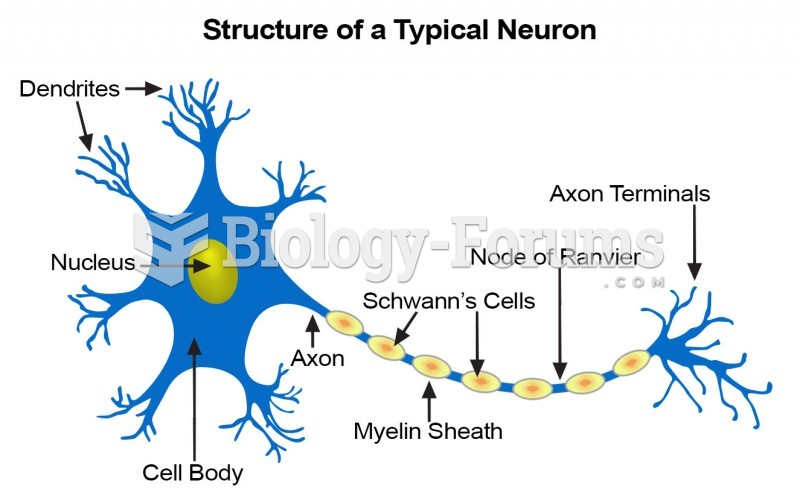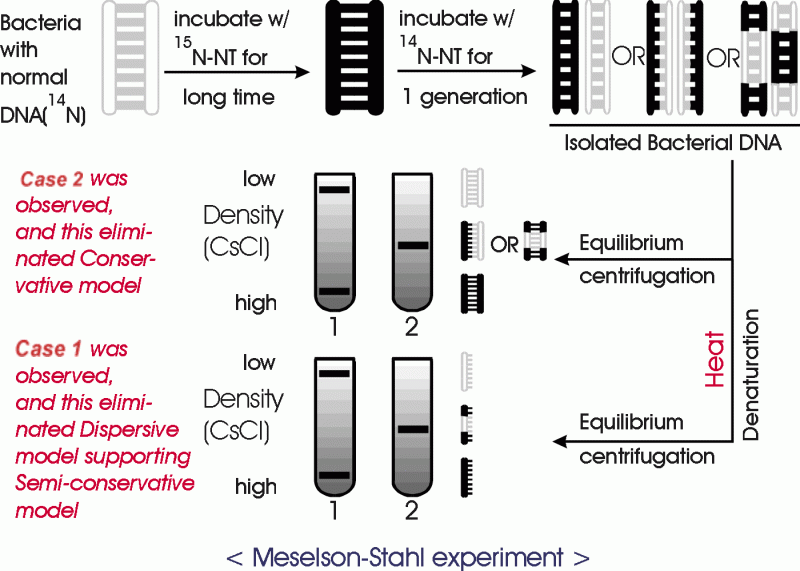Answer to Question 1
Answer:
Completeness There should be a unique code for each procedure that is significantly different in body party, approach or method.
Unique definitions ICD-10-PCS codes have seven characters. Each code has a distinct purpose or meaning. Each character has a separate meaning or value.
Expandability ICD-10-PCS codes are structured to allow new procedures to be easily incorporated.
Multiaxial nature Each PCS character has values assigned to it that designate the meaning or purpose of that character. Each character and value means the same thing for all related codes. As an example, Character 5 in the Medical and Surgical section is Approach, and the value 0 means open for all procedures that could have an open approach.
Standardized terminology The terminology in each code set is defined. Each term has only one meaning.
Structural integrity PCS codes can be easily expanded without disrupting the structure of the system. The values for each character can be assigned as needed, allowing the system to evolve and expand as medical technology and the practice of medicine expand.
Answer to Question 2
Answer:
Body Part Key This key is used to identify what Body Part value corresponds to a specific anatomic site, such muscles and nerves.
Character Meanings This appendix assists the coder in interpreting the meaning of codes that are already assigned.
Comparison of Medical and Surgical Root Operations This appendix helps the coder understand and select the appropriate Root Operation for the procedure they are coding.
Components of the Medical and Surgical Approach Definitions Describes the official definition of surgical approaches.
Device Aggregation Table This index allows the coder to identify the appropriate operations, body system, and PCS device value for each class of devices.
Device Key Identifies what Device value to assign to a specific product.
Root Operation Definitions Determine the official definition of each Root Operation.
Type and Type Qualifier Definitions Sections B-H Identifies the official definition for each Type and Type Qualifier.







